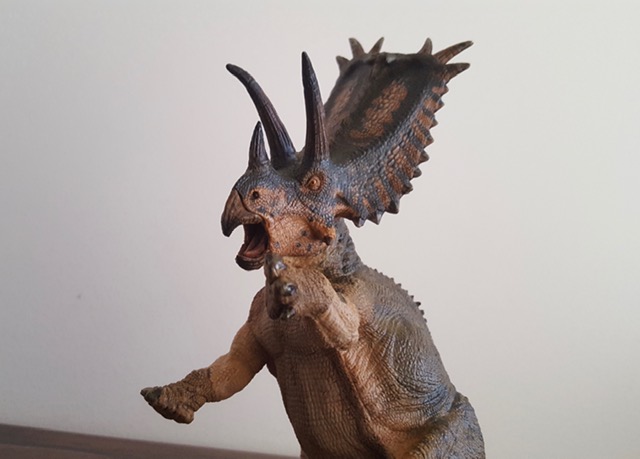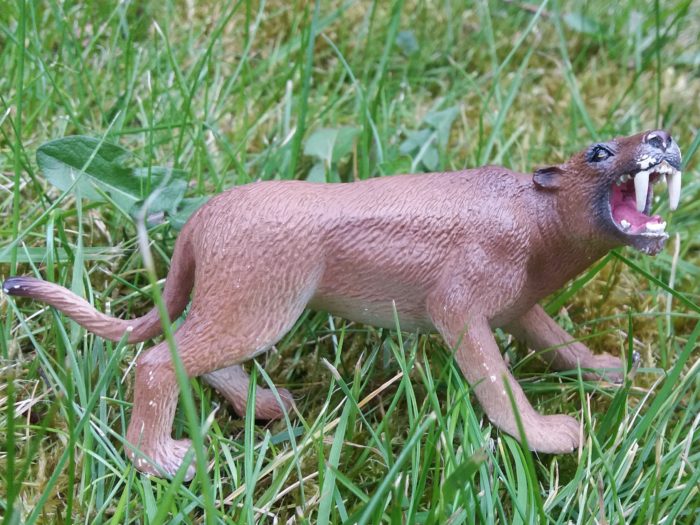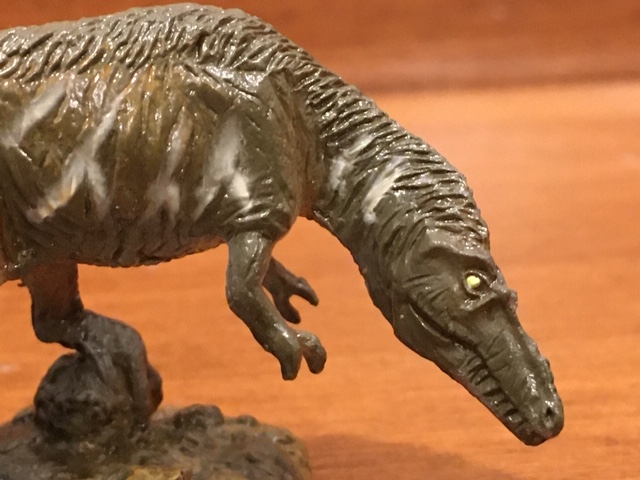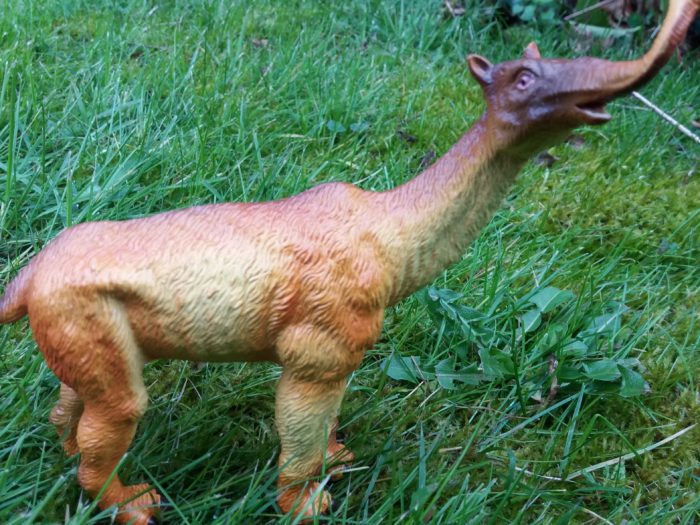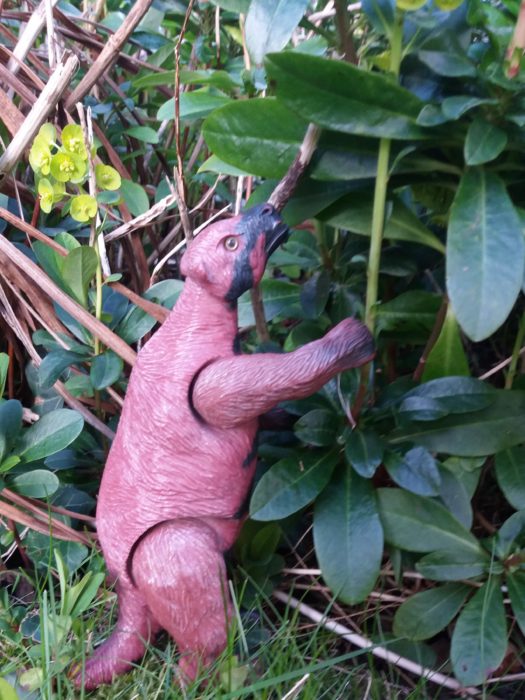Science counts around 25 species of recent crocodile species and all – maybe with the exception of the African Dwarf Crocodile – live an aquatic life and use the land mainly to bask and nest. In their long history the group we accept as “crocodiles” has seen quite a variety of crocodilian forms, not few of them terrestrial more than aquatic, a trait that showed off in their morphology.
Review: Pentaceratops (Papo)
Review: Machairodus (Bullyland)
Review: Alioramus (Age of the Dinosaurs by PNSO)
Review: Triceratops (Wendy’s Exclusive from Definitely Dinosaurs by Playskool)
Review: Macrauchenia (Jurassic Hunters by Geoworld)
Review: Tarbosaurus (Jurassic World: Massive Biters by Mattel)
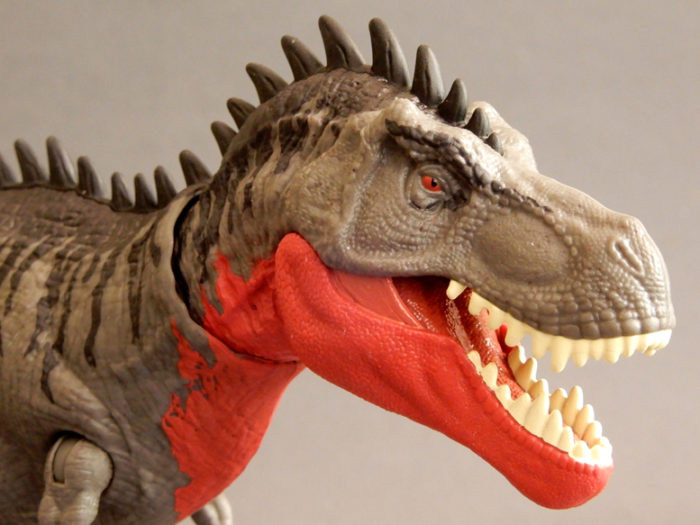
Review and images by PhilSauria, edited by Suspsy
Tarbosaurus (alarming lizard) has only one officially recognised species, T. bataar, and was a large member of the tyrannosaur family that roamed Asia around 70 million years ago. Tarbosaurus had the smallest forelimbs relative to body size of all tyrannosaurids, and that’s saying something for a member of this group!
Review: Ouranosaurus (LGTI)
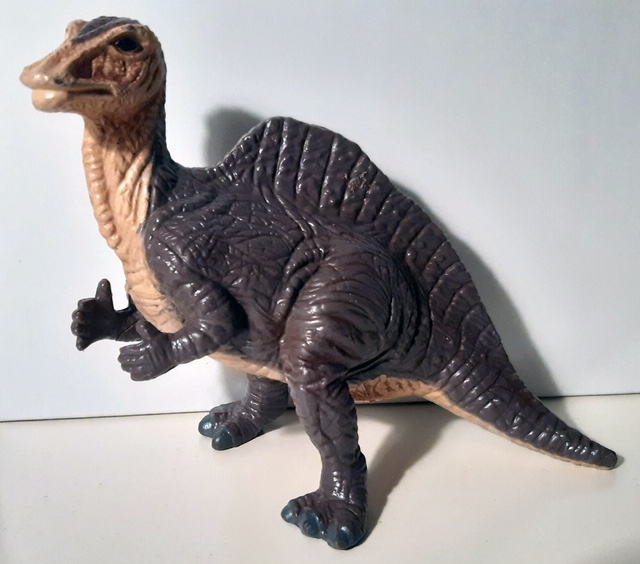
Review and photographs by Funk, edited by Suspsy
Large ornithopods without crests often look similar, with basically the same body plan, and hard to tell apart. One notable exception is Ouranosaurus, which, though named back in 1976, is still unique among ornithopods in having a tall sail formed by the neural spines of its back and tail vertebrae.
Review: Protoceratops (Definitely Dinosaurs by Playskool)
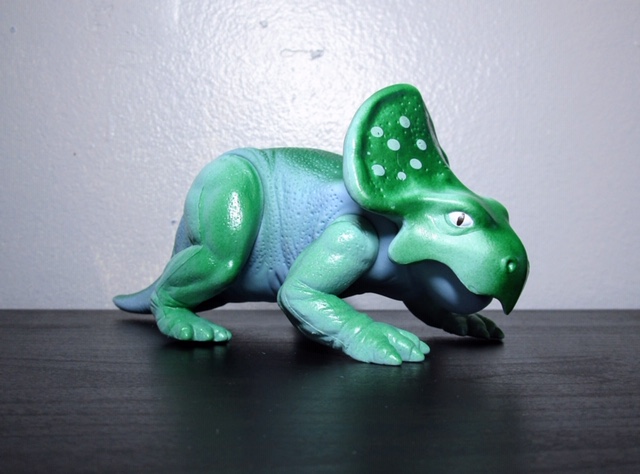
Review and photographs by Loon, edited by Suspsy
Protoceratops is the only species I actively collect multiple figures of, and luckily, many companies have released their own versions. This has allowed me to sample lines that I usually wouldn’t have much interest in, such as Playskool’s Definitely Dinosaurs.
Review: Megatherium (Tyco)
Review: Dromornis (Yowies Lost Kingdom)

Travelling through the wonderful world of Oz (as the Aussies tend to call their country) one sure plans some things before starting. I deceided to cramp a few toy figures into a box to take on the chance to shoot some of them in their “natural environment” – at least kind of, Australia sure changed a fair bit since most of the represented animals went extinct.
Review: Callovosaurus (Jurassic World: Primal Attack by Mattel)

Review and photographs by Loon, edited by Suspsy
There’s been a trend in Mattel’s Jurassic World line to not only include the various species from the films, but also ones that have only appeared in the books. This explains the inclusion of the obscure Callovosaurus, a dryosaurid known from fragmentary remains found in England.





